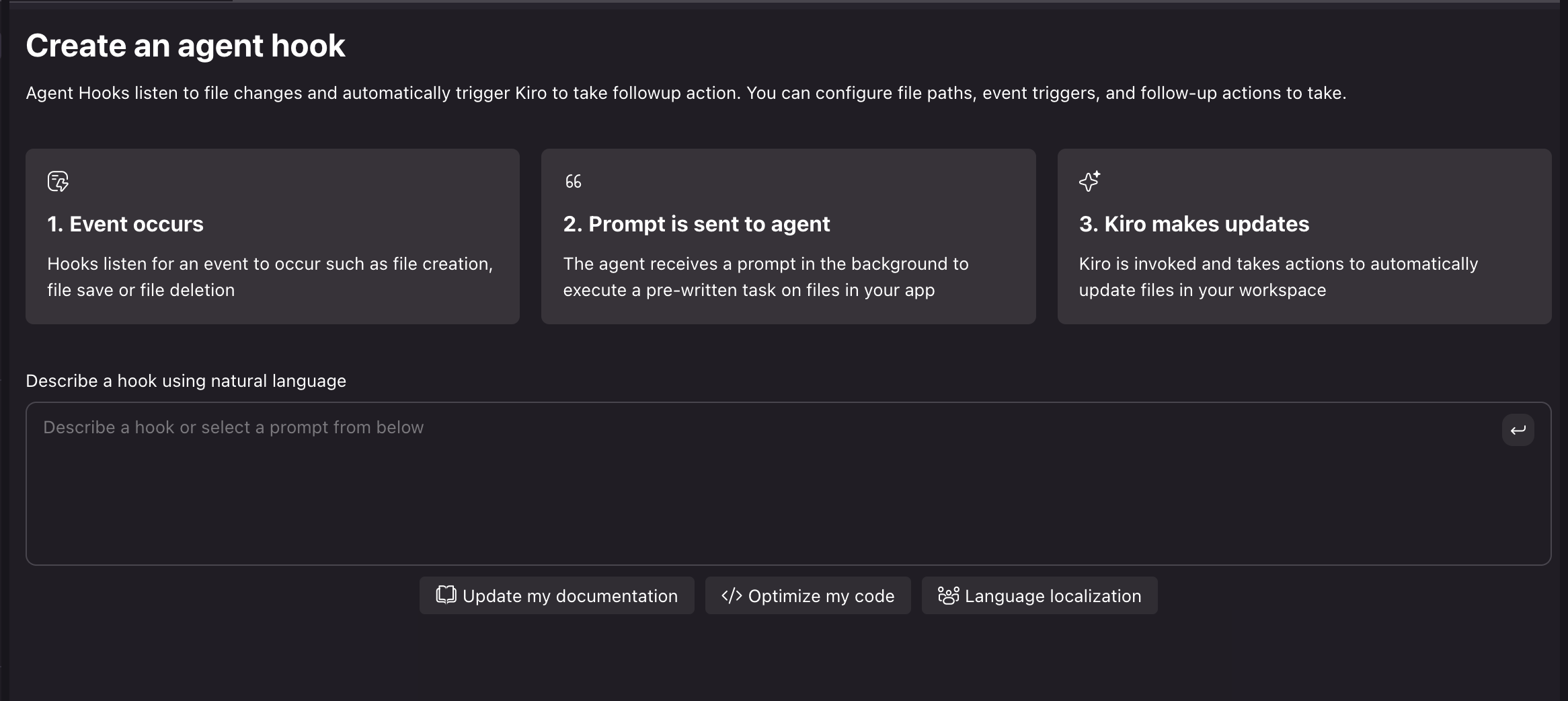Amazon Web Services (AWS) today previewed an internal developer environment (IDE) infused with artificial intelligence (AI) capabilities that promises to make it simpler for application developers to invoke multiple agents.
Srini Iragavarapu, director of generative AI applications and developer experiences for Amazon Q Business, said the Kiro IDE makes use of specs to provide developers with a set of best practices to follow and a set of hooks for invoking various tools and backend services.
Kiro specs guide developers and their AI agents through the steps required to build an application. Kiro hooks, meanwhile, provide an event-driven framework for invoking tools that run in the background. Those tools and services can, for example, be used by AI agents to continuously optimize code as it is developed, said Iragavarapu.
The Kiro IDE enables application developers to go well beyond simple vibe coding, however, to enable application developers to create code that is of sufficient quality to be deployed in production environments. The goal is to take vibecoding to the next level, he added
Built on top of the open-source Code OSS editor and is compatible with multiple programming languages. The overall goal is to leverage AI to streamline the development process, said Iriagavarapu.

For example, Kiro unpacks requirements from a single prompt and then generates user stories for viewing, creating, filtering and rating reviews. Kiro then generates a design document by analyzing a codebase and approved spec requirements along with data flow diagrams, TypeScript interfaces, database schemas and application programming interfaces (APIs) for endpoints.
Additionally, Kiro generates tasks and sub-tasks, sequences them correctly based on dependencies, and links each to requirements. Each task includes details such as unit tests, integration tests, loading states, mobile responsiveness and accessibility requirements for implementation. Kiro also includes support for the Model Context Protocol (MCP) for connecting specialized tools.
There is also a task interface that, in addition to enabling developers to trigger tasks, also surfaces a progress indicator to track execution status. Developers can author code to update specs or update specs to refresh tasks.
Hooks, in effect, enforce consistency by ensuring the same quality checks, code standards and security validation fixes are employed across software development teams. It also provides the added benefit of making it simpler to onboard new application developers to a project, said Iragavarapu.
It’s not clear how rapidly DevOps teams are embracing AI to build and deploy software, but a recent Futurum Group survey finds that 41% of respondents expect generative AI tools and platforms will be used to generate, review and test code. The Futurum Group also finds that over the next 12 to 18 months, organizations plan to increase spending on not only AI code generation (83%) and agentic AI technologies (76%), but also existing familiar tools that have been augmented with AI.
The one certain thing is that as the pace of application development continues to accelerate, the processes currently used to manage software engineering are now being put to the ultimate test.




